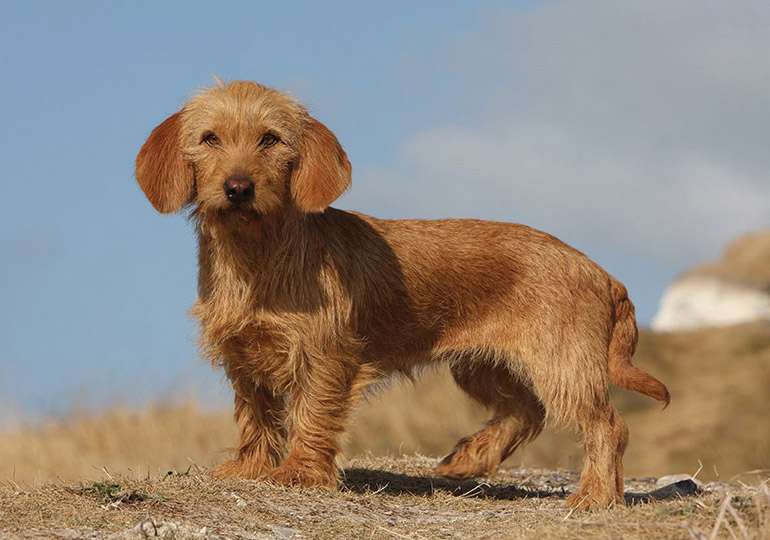
The medium-sized black-and-tan hunting dog known as the Transylvanian hound was first found in Transylvania, which was once a part of Hungary (today, it is part of Romania). The Transylvanian hound, also called the Erdelyi Kopó in its native nation, is incredibly uncommon both there and in the United States. You’ll receive a playful, amiable, and devoted companion if you’re fortunate enough to locate this breed and bring it into your home.
Care as a Pet/ In Captivity
Compared to several other hound breeds, Transylvanian hounds are less stubborn and very clever. You should schedule enough exercise and mental stimulation into your dog’s day because they are also known to be quite active and lively. Fortunately, the breed has a short, double coat that requires just minimum brushing and is easy to maintain.

Exercise
Transylvanian hounds have a lot of stamina. It’s said that when they’re out hunting, they may travel up to 100 miles. It is sufficient to do two 30- to 60-minute brisk walks each day. Your Transylvanian hound will become more relaxed and mellow if you give it lots of daily activity and mental stimulation. They like unstructured activities like hiking, jogging, and swimming in addition to walks, and they prepare for canine sports competitions like agility, tracking, or obedience.
Grooming
The black and tan dog has a lustrous coat that feels a little rough to the touch. Use a soft bristle brush to brush the coat a few times per week, and bathe it when it gets soiled. every other week, trim your nails (less often if the dog wears them down naturally when running around outside). Every week, peek into your Transylvanian hound’s ears to see whether they appear unclean. If so, clean them using a pet-safe ear cleaner. Make an appointment with your veterinarian if you observe any signs of redness, irritation, or bad odor emanating from the ears.
Nutrition and Diet
A high-quality, calorie-dense diet should be fine for this active and athletic breed, however Transylvanian hounds who are less active could need diets with less calories to prevent weight gain. Obesity can worsen joint issues like hip and elbow dysplasia and pave the way for other illnesses like diabetes. Consult your breeder or veterinarian if you’re unsure about the ideal diet for your Transylvanian hound or how much to give it. Never free feed; always provide measured portions twice daily (leaving food out all day).
Table





